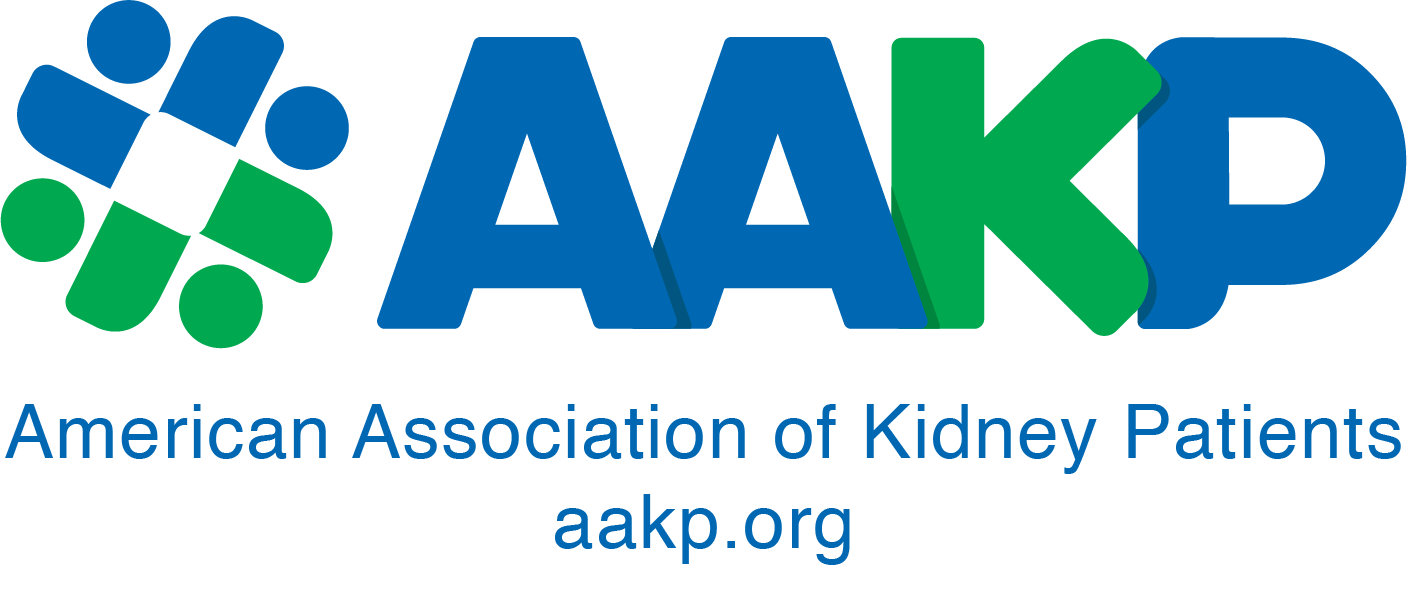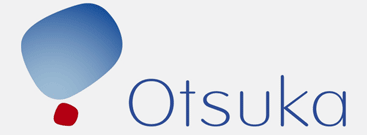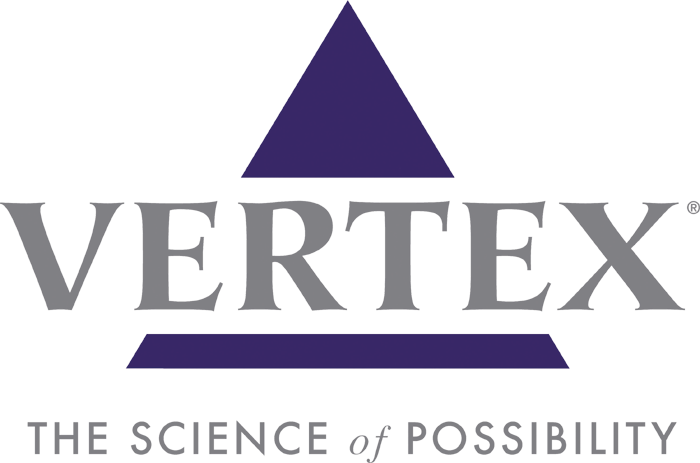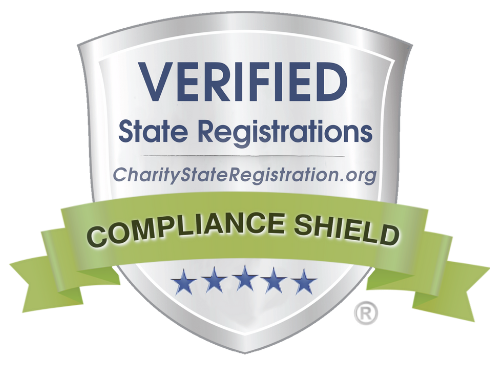Chronic kidney disease (CKD) is a condition where the kidneys are damaged. Kidney damage can be estimated using the serum creatinine, persons age, race and gender. This calculation is known as the eGFR. Damage can also be proved by using markers such as the urinary protein or by documenting unusual findings on imaging studies such as the renal ultrasound.
Kidney disease is divided into 5 stages, based upon the eGFR levels measured over at least a 3 month time frame.
Whether or not the disease will progress depends in part upon the stage and if there are risk factors. A formula developed by the Southern California Kaiser Permanente group suggests that for Stage 3 patients without risk factors and without diabetes, if the sum of the GFR + ½ the age total is greater than 85 ml/min, only 1 percent of patients in this grouping will move on to end stage kidney disease.1 For many patients with more advanced disease, there is often progression to either dialysis or the need for a kidney transplant.
Preventing the progression of kidney disease is therefore challenging, not only because it can lead to the need for more therapy, but also because it is associated with other serious conditions such as cardiovascular disease. There are several steps to preventing the progression of CKD – and they will be discussed in this article.
1. Kidney disease awareness: The first step toward the progression of kidney disease is to be aware that one has it. Studies show that 7.5 percent of patient with moderate (Stage 3) CKD do not know they have it,2 and that many people with the disease do little about it.
2. Control blood pressure: Many patients have hypertension as the cause of their kidney disease. And, even if they do not, as kidney disease worsens, the blood pressure rises. Numerous studies have shown that the simple control of blood pressure will help delay worsening of kidney disease. CKD Guidelines suggest that the blood pressure should be controlled to less than 130/80, and when proteinuria (protein in the urine) of one or more grams is also present, to 120/75 mmHg.3
3. Control diabetes: [7] A clinical trial that was done in 1993 showed that control of diabetes would control progression of proteinuria – a major factor in kidney disease. [8] Diabetes is a common cause of kidney failure, and since it is related to obesity, is becoming more wide-spread in the USA.
4. Antioxidant therapy: Antioxidants are commonly used in patients with CKD, and are heavily promoted to the general population. There have been several studies of antioxidant supplementation, and although they have failed to show any cardiovascular benefit, they may help to protect the progression of CKD.10
5. ACE (angiotensin converting enzyme) inhibition and ARB (angiotensin receptor blockade) therapy: These therapies block hormones associated with the renin-angiotensin system, an important system that controls the kidney cleaning system and blood pressure during volume depletion or hemorrhage. But, the release of the end hormone, angiotensin II can lead to kidney damage through several mechanisms, and blocking this hormone can result in less kidney disease progression.
6. Bicarbonate therapy: Sodium bicarbonate tablets have been shown to control the progression of kidney disease. Patients with kidney disease may collect acids; the kidney is important in making the acid stopping systems, as well as in getting rid of extra acid taken in through diet. Extra acid buildup can cause changes in how the body controls metabolism. Sodium bicarbonate tablets are not expensive, and can be very useful as an additional aid in controlling the progression of kidney disease. It has been shown to slow the rate of progression of CKD and to improve nutrition.[12]
7. Smoking cigarettes/nicotine exposure – Cigarette smoking has been related to CKD,although no randomized clinical trial has yet to be conducted.13]There is an observational relationship that those who participate in betel nut chewing (which includes nicotine) have a higher incidence of CKD.14
8. Dietary phosphorus restriction: Limiting phosphorus in your diet may help delay kidney disease progression.
Phosphorus is a naturally occurring substance in many of the foods we eat, and in moderation a necessary component to the diet. However, when used as a preservative, the body cannot adapt as well to the large amounts eaten. While normal kidneys can get rid of phosphorus without too much difficulty, kidney disease gets in the way of the body being able to freely rid itself of phosphorus.
9. Dietary protein control: Limiting protein in your diet can reduce the rate of filtration rate across the kidney and
decrease lots of stress on the kidney filters. Protein restriction was studied in human subjects in the MDRD trial (Modification of Diet in Renal Disease). While the first studies suggested that strict protein control would slow the progression of kidney disease, a more recent follow up of this study population remains inconclusive.17 One of the problems is that dietary protein restriction is very difficult, and many patients are unable to follow to such a hard diet.
10. Avoiding nephrotoxins (toxins that kill cells the kidneys): There are many substances used in everyday pain relievers that can offset the structure that control the circulation inside the kidney. Together, these pain relievers are known as non-steroidal anti-inflammatory agents. While these medications do no harm to patients with normal kidneys, those who have existing CKD or who have had a history of acute kidney injury do not and they may cause the kidneys to get worse.20 Other medications often thought to be harmless can also lead tovdisease progression. Therefore, it is very important to check with your doctor before starting any medication or remedy, particularly if over the counter.
References























